Some highly esteemed herbs used throughout history to foil black magic, deflect spells, and ward off forces of evil.
(A fiery angel with a sword is also a mighty boon)
First up, Angelica: Said to have been revealed in a dream by an angel as a cure for the plague. So sacred it’s called ‘The Root of the Holy Ghost’ and was associated with the Archangel Michael. Angelica blooms near his feast day and is connected to the Christian observance of the Annunciation, the day the Angel Gabriel visited the Virgin Mary to tell her she would be the mother of Christ. All parts of the plant were believed effective against evil spirits and witchcraft.
The juice of the roots are used to make Carmelite water, considered a ‘sovereign remedy’ and drunk to ensure a long life and to protect against the poisons and spells of witches. Garlands of the leaves were also worn.
(Angelica)
I’ve grown Angelia in the garden. It gets big, so allow plenty of space.
The Rowan Tree has a wealth of ancient lore and many associations with magic and witches. The tree is thought to lend protection against evil and bad spells. Its old Celtic name, ‘fid na ndruad,’ means wizard tree. But it has many names. Ask an old Celt which they favor.
Rowan, known as the Mountain Ash in America, and Dogberry Tree in parts of Canada, is a familiar sight in the mountains surrounding the Shenandoah Valley. My dear grandmother who lived to be 99 and a half, and knew her trees, was fond of the beautiful mountain ash. She’d point it out to me in the Alleghenies. It’s gorgeous in autumn when covered with bright red berries, and particularly attractive to birds.
Red, the color of the berries, was thought to be the strongest color in battling the dark forces. In Ireland, rowan trees were planted near houses to protect them from the spirits of the dead; in Wales they favored graveyards for their tree plantings. In Scotland, the Rowan Tree is among the most sacred and cutting one down, or using any portion of the tree for any purpose other than spiritually approved rituals was taboo. The wood is seen as the most protective part. It’s fashioned into sticks to stir milk to keep it from curdling, pocket charms (or amulets) to ward off rheumatism and bad mojo, and made into divining rods (for finding precious metals). Because the tree is associated with Saint Bridhig, the Celtic patroness of the arts, healing, smithing, spinning and weaving, spindles and spinning wheels were made of rowan in Scotland and Ireland.
Walking sticks made of rowan were thought to lend protection to the traveler on their journey, and from evil spirits. Rowan trees planted near stone circles in Scotland were thought to be favored by fairies who held their celebrations within the protective tree enclosed circle. Fairies are extremely cautious. But the fae can also get up to mischief, so the rowan would protect you from that as well. One of those multi-use herbs/trees.
(Rowan tree in Scotland)
To the 17th Century Scots, however, practicing folk medicine was associated with witchcraft, which could include carrying a Rowan charm, a twig tied with a red thread for protection. A cross made of Rowan wood and bound with red thread was placed over doorways.
It’s interesting to note that the rowan is also called the witch tree because they used it to increase their powers and spells and for fashioning magic wands, so there appears to be some disagreement here. Did it speed witches on their way, or empower them? These conflicting beliefs are often the way in herbal lore.
“Rowan tree, red thread, hold the witches all in dread.” ~ old herbal saying
Rowan was sacred to the Druids who believed in its protective powers and burnt it on funeral pyres, also in rites of divination and purification. The tree was associated with both death and rebirth. Because Rowan was thought to bring the gift of inspiration, ancient Bards called it the ‘tree of bards.’ I suppose all writers should have rowan.
Wood from the ash tree, in the form of ash outlining a building or circle, is showing up in paranormal TV shows with American settings, like Teen Wolf. Mountain Ash is used to ward off evil, so even if some of these characters are the nicest werewolves or witches you could ever want to meet, they cannot cross a barrier of ash.
Agrimony: Used from ancient times to treat many ailments and injuries, it’s also reputed to have magical properties.
The magic power of Agrimony is mentioned in an old English medical manuscript: ‘If it be leyd under mann’s heed, He shal sleepyn as he were deed; He shal never drede ne wakyn,Till fro under his heed it be takyn.’ (That’s darn useful to know.)
From The Scots Herbal by Tess Darwin: “The Gaelic name of this plant, mur-druidhean, may derive from the use of agrimony by healers to treat spiritual troubles. Ferquhar Ferguson, tried for witchcraft on Arran in 1716, admitted using agrimony to cure elf-shotten people.” (Apparently a common affliction). “Ferguson was guided in his treatment by a voice heard while sleeping, which instructed him to pull the plant in the name of the Holy Trinity.”
***Elf-shot are those persons or animals who have fallen ill after being shot by the arrows of malevolent elves. Hate it when that happens.
Agrimony is also recommended as the remedy for ‘alle woundes’. One old writer recommends it to be taken with a mixture of pounded frogs and human blood, as a remedy for all internal hemorrhages. (Whose blood?)
Mistletoe: An herb steeped in lore from pre-Christian times.
Because the plant prefers softer bark, it’s found more commonly on apple trees and is rarer on oaks which made mistletoe discovered on oaks greatly venerated by ancient Celts, Germans, and it was used in ceremonies by early Europeans. Greeks and other early people thought it had mystical powers and the plant gained a wealth of lore over the centuries. Sacred to the Druids, many wondrous attributes are accorded to mistletoe, including medicinal powers, properties to boost fertility, and ward off evil spells.
Mistletoe and werewolves: In some ancient lore, mistletoe is considered a repellent and protection from werewolves.
From http://davesgarden.com/guides/articles/view/302/
“Mistletoe was thought to be a remarkable and sacred shrub because it seemed to grow from the air and not from the earth. Mistletoe has been considered undesirable because it feeds off other trees; however it is also thought to have a symbiotic relationship because it provides nutrients when the host is in dormancy. It also provides food for a host of animals and birds who consume its leaves and shoots
Over time its folklore has grown to include the belief that the oak mistletoe could extinguish fire, that it held the soul of the host tree and placed in a baby’s cradle would protect the child from faeries.
Kissing under the mistletoe is also cited in an early work by Washington Irving, “Christmas Eve,” which tells of the festivities surrounding the Twelve Days of Christmas:
“Here were kept up the old games of hoodman blind, shoe the wild mare, hot cockles, steal the white loaf, bob apple, and snap dragon; the Yule-clog and Christmas candle were regularly burnt, and the mistletoe with its white berries hung up, to the imminent peril of all the pretty housemaids.”
Used as good luck charms to ward off evil, its sprigs were also put under the pillows of young girls who thought it would entice dreams of the husband to be.”
These are just a few herbal possibilities, but among the most esteemed.

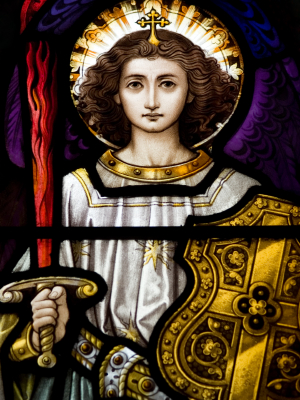
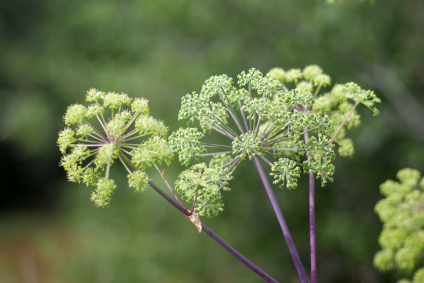
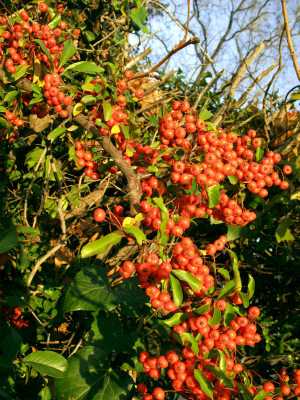



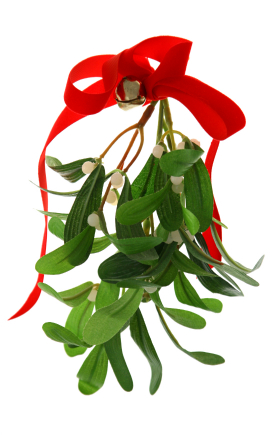




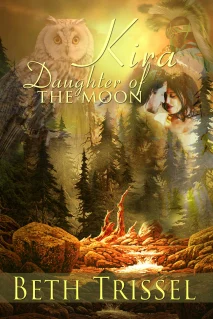


























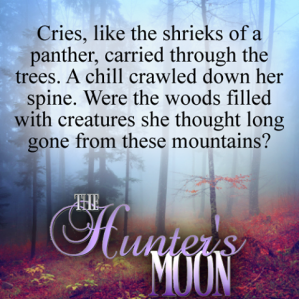
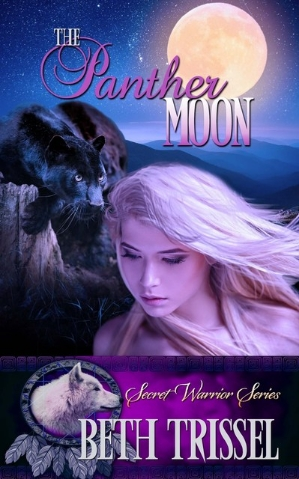


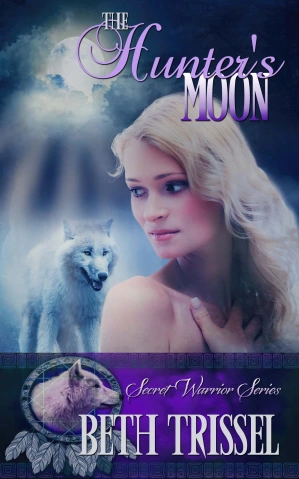
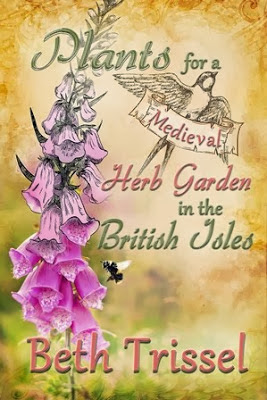

















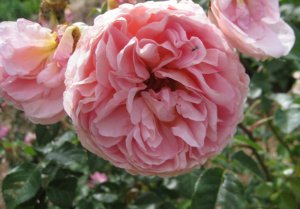

Delightful post, chock full of information I can use…not to ward off beasties but in my books.
LikeLiked by 2 people
Right! Thought it might be useful. Kind of a ‘best of’ post.
LikeLike
I’ve heard about the Rowan tree but didn’t have all information. Fascinating history and essential if there are creatures looming the other side of my window.
LikeLiked by 1 person
Absolutely.
LikeLike
Wonderful post.
Sue B
LikeLiked by 1 person
Thanks Sue!
LikeLike
Fascinating post, Beth! Thanks so much for sharing! 🙂
LikeLiked by 1 person
Thanks Mary. So glad you enjoyed it.
LikeLike
Beth, fascinating post. Loved all the detail. I’ve got a Christmas book coming with “mistletoe” in the title and the couple kissing under it. It’s always cool to learn new facts about plants or objects we take for granted!
LikeLiked by 1 person
Thanks Hebby. Yes, it is.
LikeLike
Extremely informative and your humor enhances the read. Thank you for the charming blog post.
LikeLiked by 1 person
Thanks so much, Eileen. 🙂
LikeLiked by 1 person
Your herbal posts are always so entertaining and informative, Beth. 🙂
LikeLiked by 1 person
Thanks so much, Calisa.
LikeLike